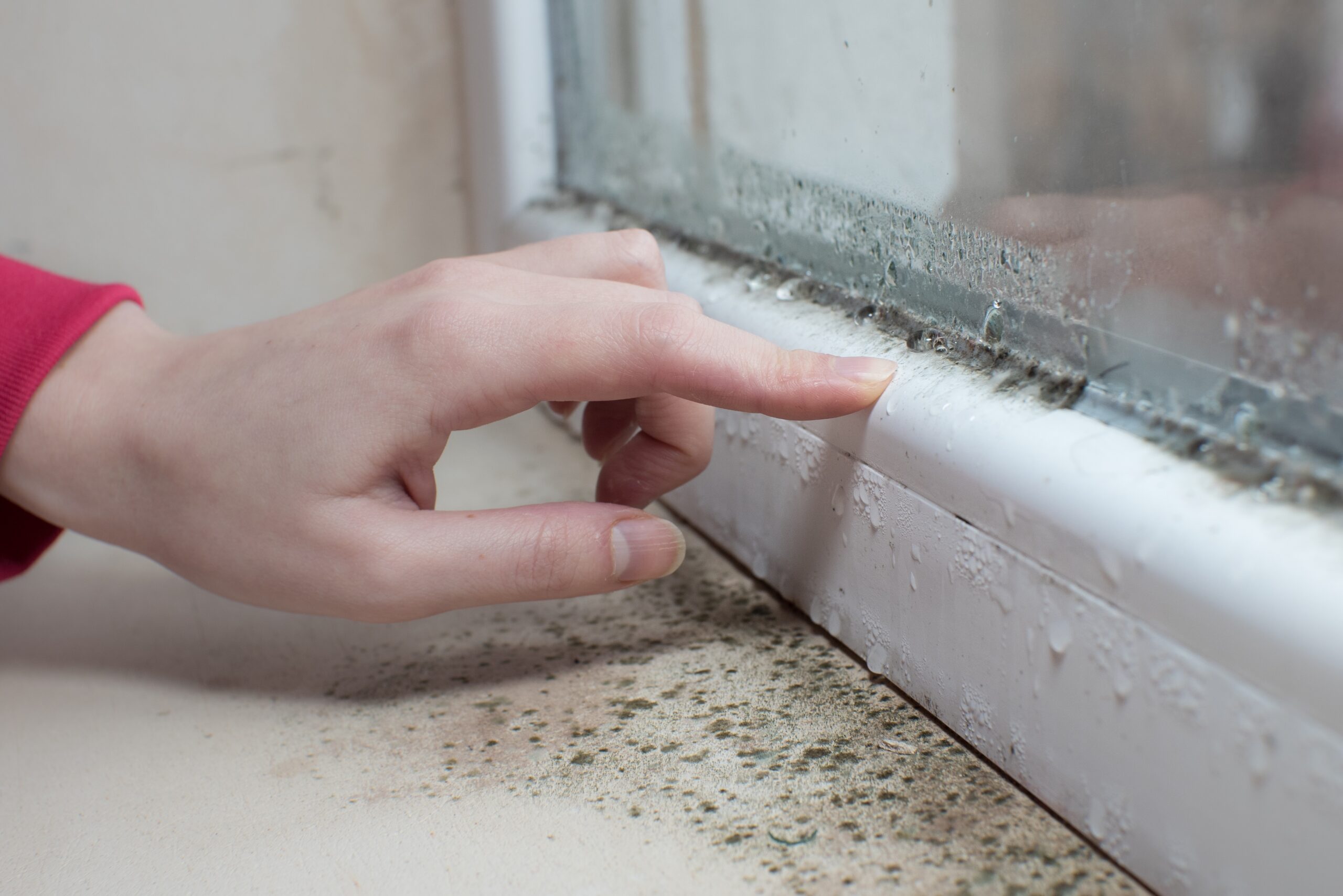
Damp is a very common problem in any property, including rented properties, and it is an issue that requires dealing with straight away before it becomes a much bigger problem. Unfortunately, signs of damp are never a good thing and they point to a wider issue that requires investigation. That problem may not be a huge challenge and in some cases is easily rectified, but the important factor is that you investigate the issue immediately, and if in a rented property, inform your landlord accordingly. If you fail to do this, and if a problem is not rectified, you could face severe implications.
To help you with this process we have put together a short guide to the most common forms of damp, how they arise, what they look like and what you can do to prevent them.
How is damp a problem?
If damp – in any form – is left untreated it can quickly grow and spread inside the home. To varying degrees this can lead to having to redecorate, having structural issues with walls or ceilings, and can also lead to health problems in terms of skin diseases, bronchial diseases and other respiratory diseases. Your belongings can also become damaged by excessive damp and mould. At the very least, damp is unpleasant and uncomfortable to live with and any damp issue should be reported to a landlord at the very first opportunity so they can look to rectify the problem.
What forms of damp are there?
There are typically three common forms of damp in a domestic home:
- Penetrating damp – This is usually caused by a disrepair issue and hence is perhaps the easiest to deal with. As the name suggests, this is damp that has penetrated the home from the outside, although it can also be caused by a disrepair issue inside the home, such as broken water pipes.
However, penetrating damp is usually caused by water ingress through the roof, walls or windows. This can be a roof disrepair – broken tiles, damaged fascias and soffits – a structural issue with the walls, or a problem with guttering or downpipes. This type of damp will manifest itself in large wet patches on the interior walls or through the ceiling, which can usually help to identify the direct source of the disrepair. If the problem is reported and rectified quickly, the damp patches won’t develop too much and can just be left to dry, if not the damp can lead to structural issues and mould. This type of damp can also be called ‘traumatic damp’, i.e. damp that is caused by a traumatic event, such as flooding or an emergency plumbing issue.
- Rising damp – Rising damp originates from a ground level and works its way up your interior walls, hence the name. The source of rising damp is usually groundwater soaking up walls from a cellar or from the outside. This can be caused because there is no damp-proof course in the property – if it is very old – or if the membrane of the damp-proof course is damaged or is somehow ineffective.
This type of damp will show itself as staining and discolouration at the bottom of interior walls. It will make wallpaper and plaster walls blister and bubble and will also produce a musty odour. If this problem is not rectified quickly it can lead to costly repairs such as walls needing to be re-plastered and even structural issues.
- Condensation – This is perhaps the most common type of damp and is the result of moisture being trapped inside the home. Condensation is created when the air outside is colder than the air inside the home, so almost every home will have some form of condensation, particularly during Autumn and Winter, and this will present itself as a few water droplets on windows. However, if this becomes excessive, condensation can start to form black mould spots on walls and window frames, which is a bacterial mould which can lead to health issues if breathed in over an extended period. Condensation can also damage plasterwork and window frames. Although some form of daily condensation is pretty normal, it can become excessive if you have poor ventilation or poor insulation, or if you have more moisture in the house because you are always drying clothes indoors, for example.
The key to avoiding excessive condensation, and therefore damp and mould, is to balance the temperature inside and outside the home. You need to allow fresh air into the home periodically and avoid moisture build-up by opening windows and doors and drying clothes outside as much as possible. A portable dehumidifier also works effectively in drawing moisture out of a home, while reducing clutter and creating more space for air to circulate can help too.
Can you make a claim for housing disrepair?
If you live in a home managed by social housing, a housing association or local authority and you spot any of these three types of damp in the home, then you should report the issue straight away to your landlord, ensuring they have directly been informed. You should then leave them a reasonable period of time to investigate and rectify the problem. If the problem does not get resolved and you are having to live with the issue, hence potentially facing costs and damage, then you can start a claim for housing disrepair by contacting Legal HD. As the housing disrepair claim specialists we can help you identify signs of mould and where disrepair issues have caused this, and hence can advise on the validity of your claim, so contact our team today.


